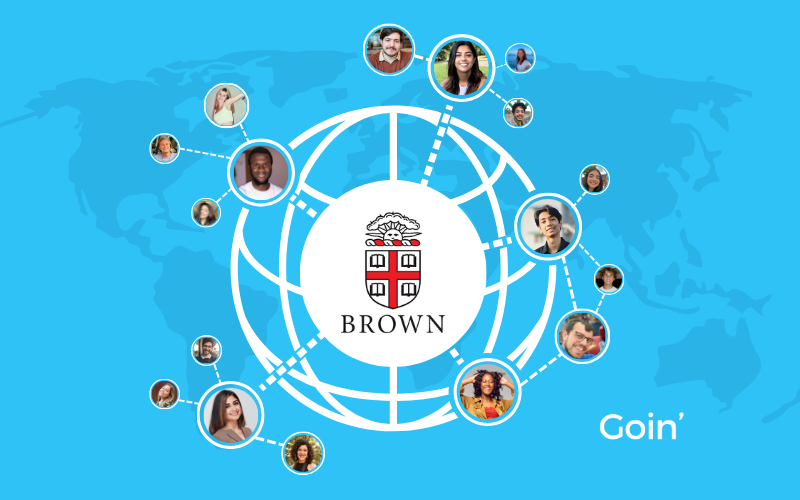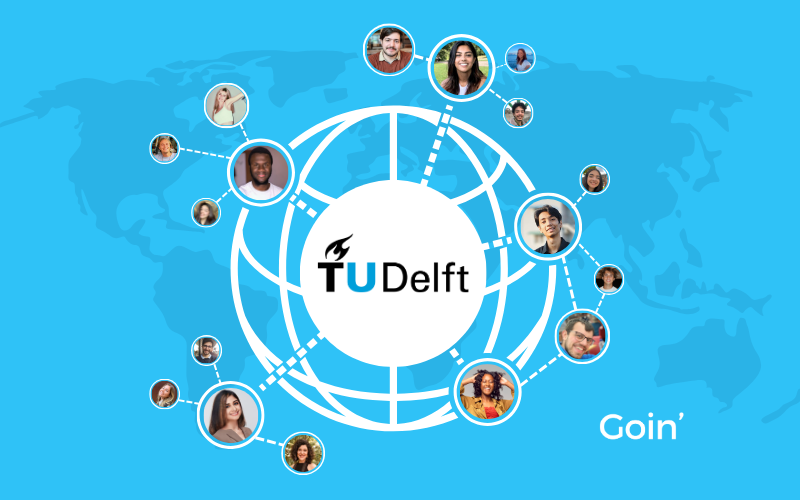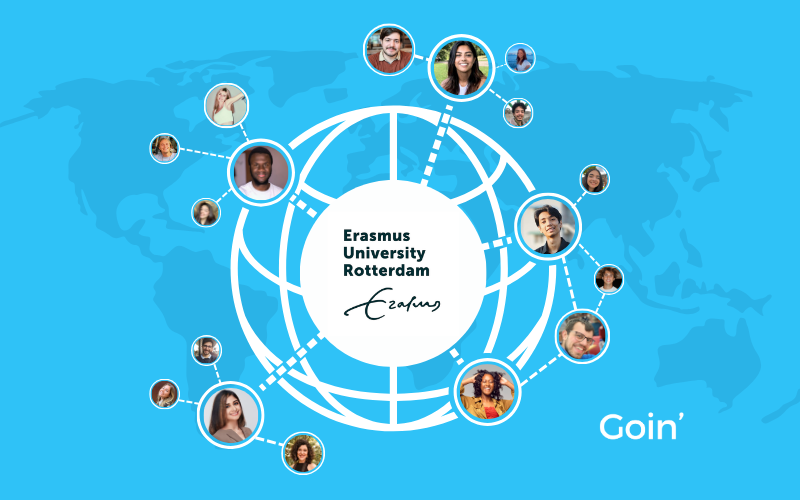Watch the Full In-Depth Discussion
Watch the full webinar here to hear directly from Stockholm University, Karolinska Institutet, and Lund University on their experiences supporting international students through digital community-building. Rebuilding their community, from the moment students are admitted, by meeting them where they are: online, in safe, student-led digital spaces, with peer support at the core.
Listening to Students, and Acting on It
Across Stockholm University, Karolinska Institutet, and Lund University, one theme kept coming up in student feedback: a gap between support offered and what students actually needed.
Despite efforts like Facebook groups, Zoom events, and orientation sessions, many international students still felt disconnected and unsure in the critical months between admission and arrival. Some even questioned whether to enrol at all.
The universities realised that while practical information was being provided, what students truly wanted was the chance to build real connections early, with future classmates, students from their home country, and those already living and studying in Sweden. They needed peer support, not just information.
By adopting Goin’, each university responded directly to this feedback. Instead of asking students to adapt to scattered solutions, they introduced a unified space built for connection, helping students prepare together, feel welcomed earlier, and start forming friendships that continue after arrival.
Stockholm University: A Digital Space Where Students Lead the Way
When Stockholm introduced Goin’, they saw an immediate shift. Students could now connect with future classmates, fellow nationals, and peers with shared interests, all in one place, in their own time.
“Suddenly, they weren’t just moving to a new country alone,” said Tina. “They were planning together, preparing together. Many told us they felt less anxious, more confident, and even excited about the move.”
From niche groups like rock music and birdwatching to practical chats about housing, jobs, and learning Swedish, students were building their own communities, and in doing so, reducing the pressure on university staff to fill the gap.
Karolinska’s Perspective: Connection as Prevention
At Karolinska Institutet, a world-leading medical university, students arrive with top academic credentials and high expectations. But even with housing, wellbeing services, and academic support in place, something was missing.
“They come to improve human health,” said Johanna Gyllensten, Head of Student Recruitment and Alumni Relations. “But without strong social bonds, even the best students can struggle. That’s a risk to both their wellbeing and academic success.”
Johanna explained how students across different medical programs often found it hard to connect, despite their shared goals. By introducing a pre-arrival community, students could now meet others with similar interests before arriving, from dancing to hiking to, yes, even birdwatching.
“For us, collaboration isn’t just part of the curriculum,” she added. “It’s a mindset. And Goin’ helps build that mindset early.”
Lund University: Building a Truly Global Community
At Lund University, one of Sweden’s most international institutions, the global student body is diverse, and often scattered across more than 140 programs.
“That diversity is amazing,” said Maria Lindblad, Head of Global Student Recruitment. “But it also means many students feel alone, especially when they’ve never even met someone who studied in Sweden before.”
With 28% of students coming from outside the country, the pre-arrival period became a critical moment. Students weren’t just choosing between universities, they were choosing whether to come at all.
By giving them a vibrant, peer-led space to connect before arrival, Lund saw thousands of students not only join the community but actively participate. In 2024 alone, student have made over 80,000 connections and hundreds of thousands of messages in their community.
A Win for Students and Staff
Having a dedicated student community in place has proven to be a win-win. For students, it reduced pre-arrival anxiety, made practical preparation easier, and helped them feel part of something, long before stepping on campus. Students connected with classmates, locals, and peers across programs and interests, leading to friendships, collaboration, and a more confident transition. While the impact on student wellbeing is clear, all three universities also pointed to another benefit: time savings for staff.
“Students now ask each other the questions they would’ve sent us,” said Maria from Lund. “And when something needs clarification, one student usually asks, and shares the answer with the rest.”
With over 1.5 million messages exchanged across the three communities, and domestic students now playing a crucial role in the community, the student platform has evolved into a living ecosystem. It complements staff efforts without adding more work, instead, it empowers students to support each other, while giving universities insight into what students really need.
From Belonging to Better Outcomes
The results speak for themselves. Students reported less anxiety, greater excitement, and a stronger sense of belonging, all before arrival. And universities expect this to have a compounding effect on retention, satisfaction, and overall wellbeing.
As Tina from Stockholm summed it up: “We don’t want any more survey responses that say, ‘I didn’t have a single friend during my two years here.’ If this platform prevents even one student from feeling that way, it’s worth it.”
Curious to See the Full Discussion?
Click here to watch the full recording and hear directly from Tina, Johanna, and Maria about how to build student-led communities that truly drive results.
%20(1).png)


.png)

%20(1).png)
.png)
.png)
.jpg)
.png)
.png)
.png)
.jpg)
.png)
.png)
.svg%20(1).png)
.png)
.png)
%20(1).png)
.png)
.png)
%20(1).png)
.jpg)
%20(1).png)
%20(1).jpg)
%20(1).jpg)

.svg)
.png)
%20(1).png)
.png)
.jpg)
.svg)
.jpg)
.jpg)
.png)
%20(1).png)
.png)
.svg)
.jpg)
.png)

.png)

%20(1).png)
.png)
.png)
_UniOulu_Logo_Ver_ENG_CMYK_12%20(1)%20(1).png)
.png)
.png)














%20(2)%20(1).png)















.jpg)


.png)
.png)
.png)




.png)


.png)





.png)



.png)




.png)
.png)